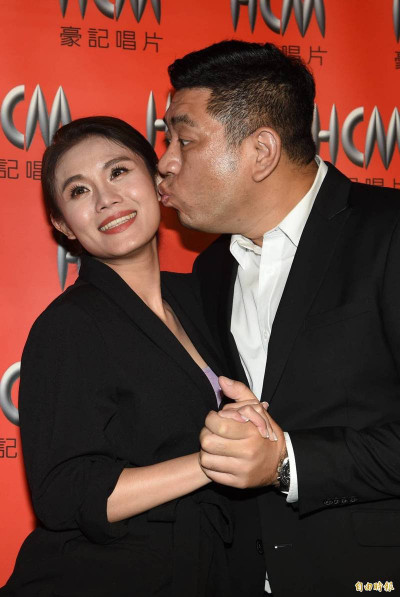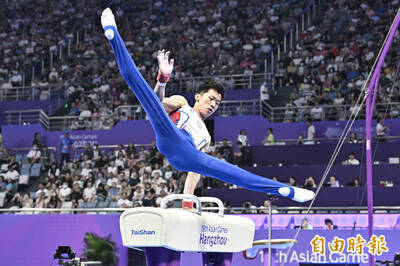《TAIPEI TIMES》 X-ray reveals inscription covered on temple artifact

I-Kuan Tao College professor of conservation science Lin Ren-chen inspects a Qing Dynasty imperial inscription and an X-ray of characters hidden beneath its surface in Tainan yesterday. Photo: Liu Wan-chun, Taipei Times
By Liu Wan-chun and Jonathan Chin / Staff reporter, with staff writer
An X-ray analysis of an imperial inscription at the Tainan Confucius Temple revealed an older inscription beneath the surface of the 200-year-old artifact, Tainan Cultural Affairs Bureau officials and academics said yesterday.
I-Kuan Tao College professor of conservation science Lin Ren-chen (林仁政) told a news conference that he was scanning the temple’s inscribed boards as part of routine repairs when a second inscription was identified on the one with an emperor’s dedication that hangs over the main hall.
The surface inscription “shengxie shizong” (聖協時中) is what emperor Daoguang (道光) used to mark his ascension to the throne in 1820, but the older inscription beneath it, which reads “tianheng baozhao” (天衡保軸), belonged to his predecessor, Jiaqing (嘉慶), Lin said.
The four-character moral exhortations are used to date the items because they were commissioned by emperors to mark special occasions that were events of record, he said.
Records show that an official named Mi Qiyu (糜奇瑜), who was in charge of the military garrison and the Confucius Temple in Taiwan, gave the artifact to the temple in 1812 and it was probably overwritten, Lin said.
X-ray images of the board showed that workers had applied a layer of ash to smooth out the original inscription and glued a new slogan over it, he said.
“Reusing inscribed boards was not unheard of in the Qing Dynasty,” he said.
When Qing emperors commissioned boards, their calligraphy would have been taken to the temples for local craftspeople to replicate and carve, Cultural Affairs Bureau Director-General Yeh Tse-shan (葉澤山) said.
Because of their large size, inscribed boards were not easy or cheap to make in Taiwan, which might be why this one was reused, Yeh said.
A local official who decided to cut corners or Daoguang himself, who was known for being frugal, might have made the decision, he said.
新聞來源:TAIPEI TIMES


















